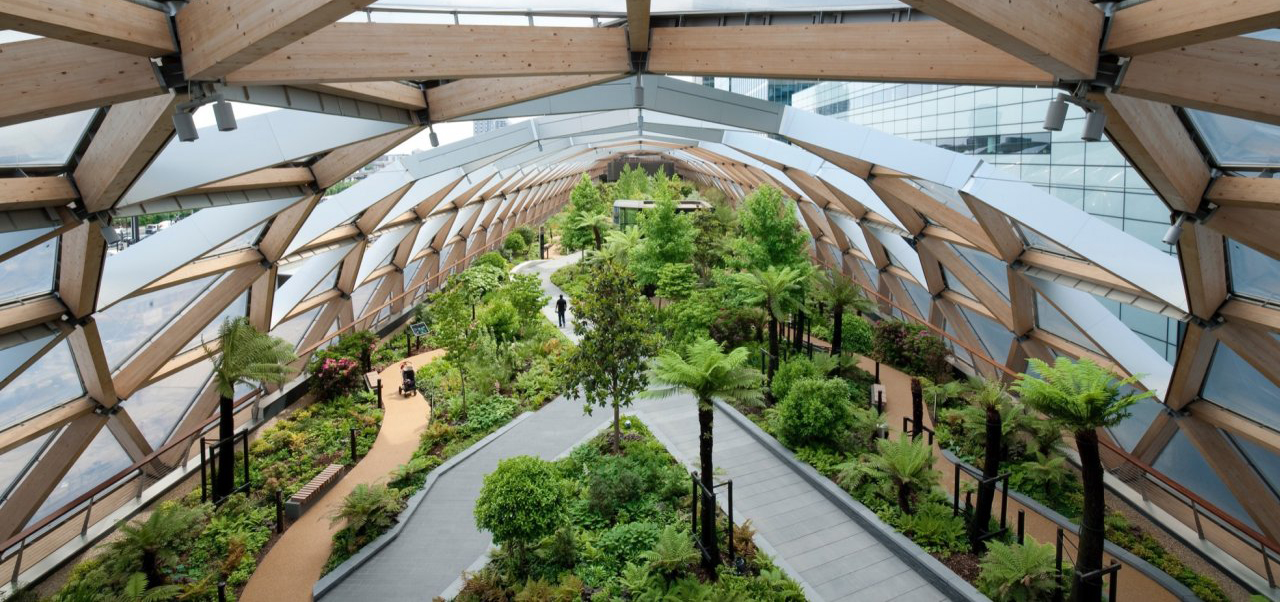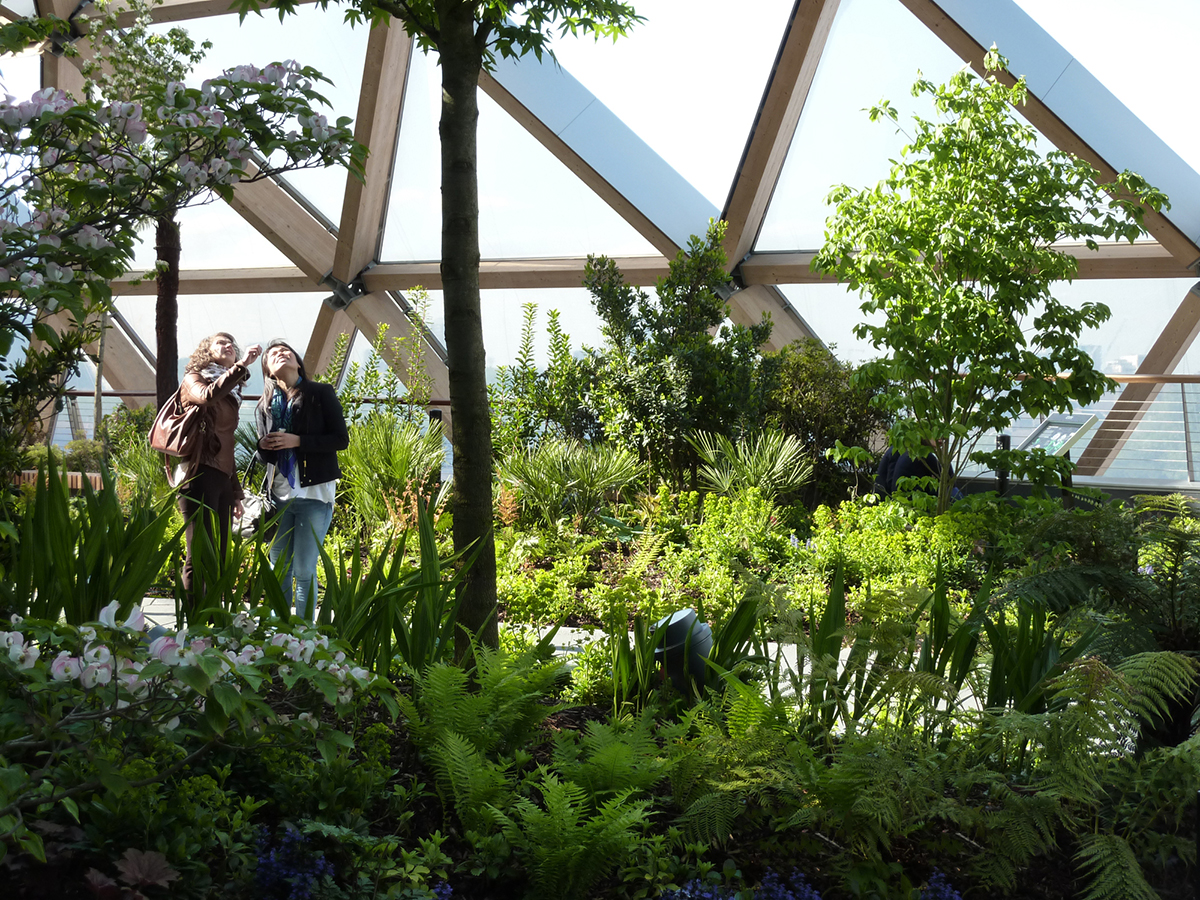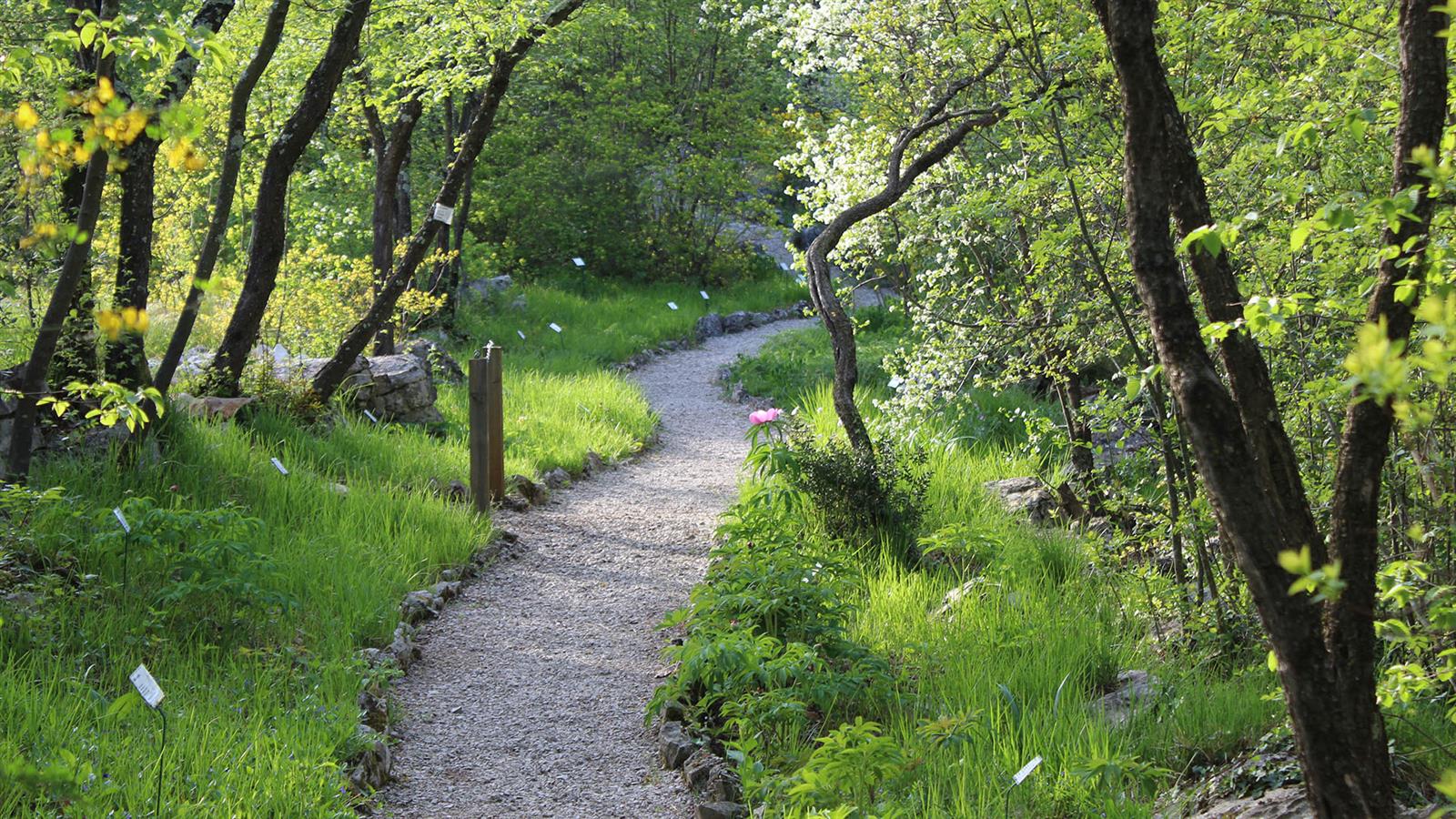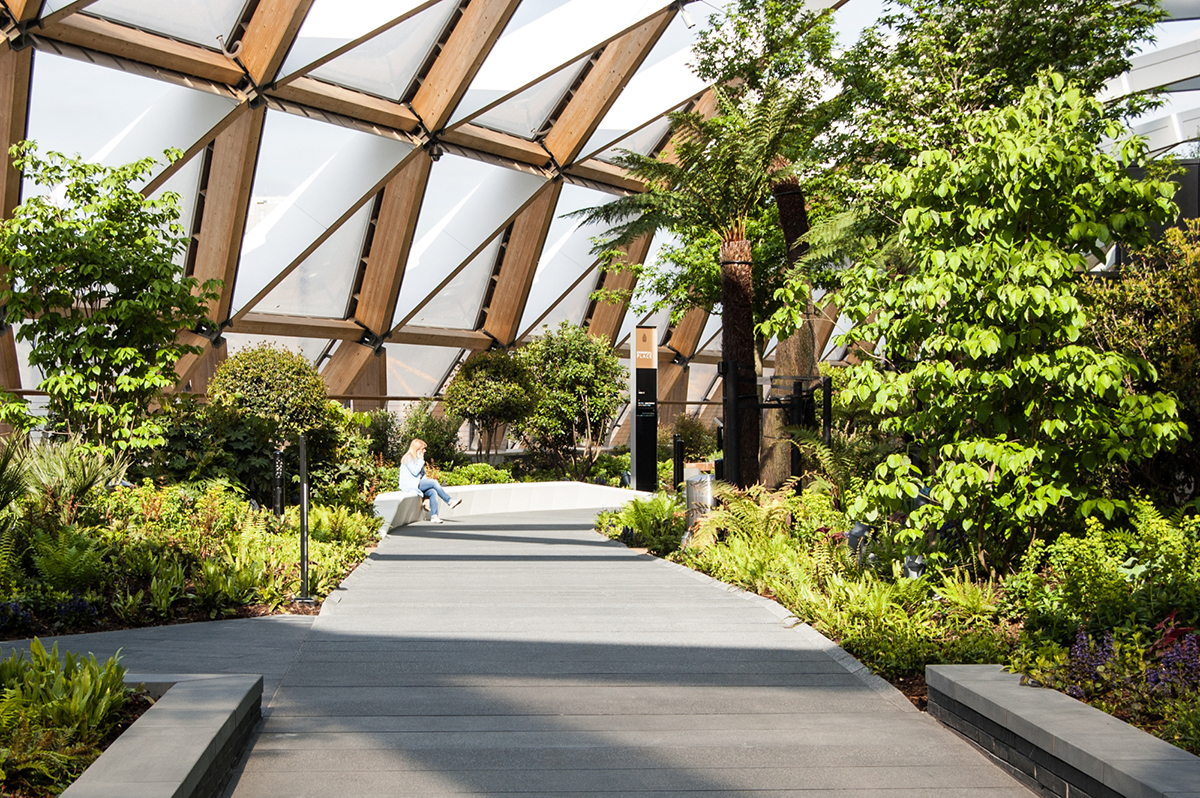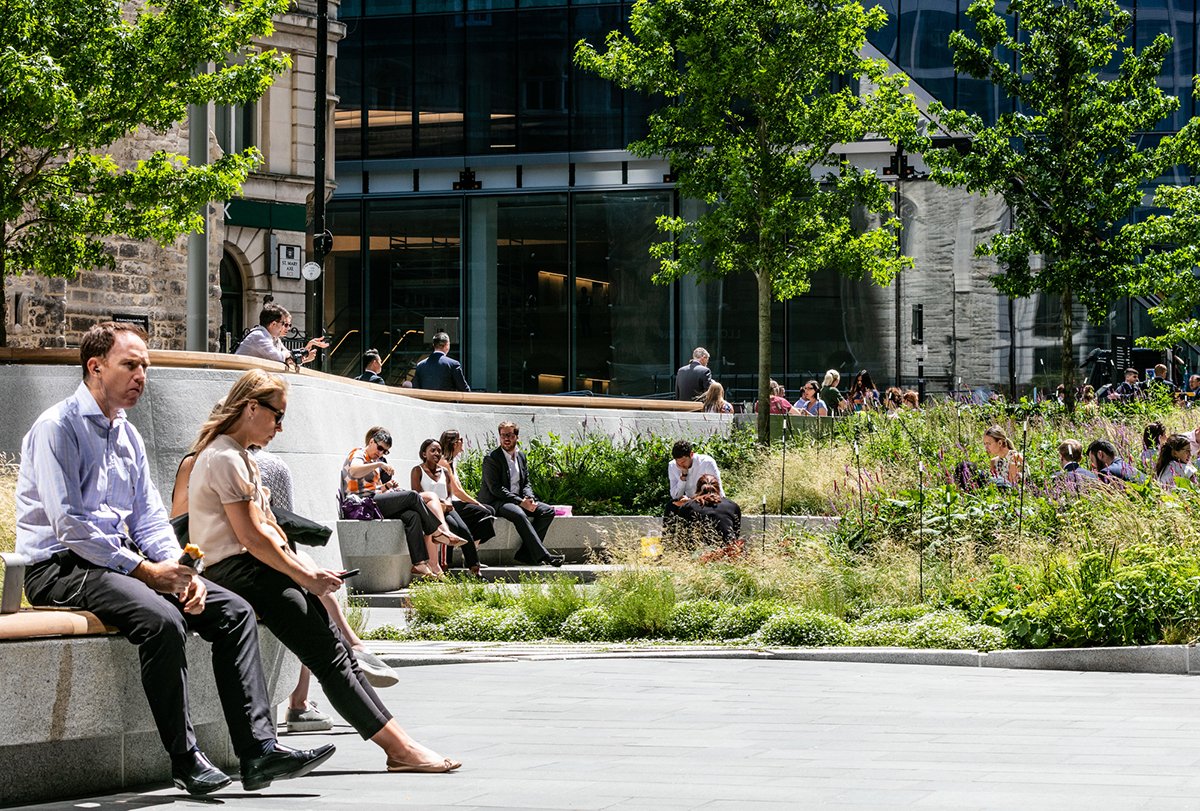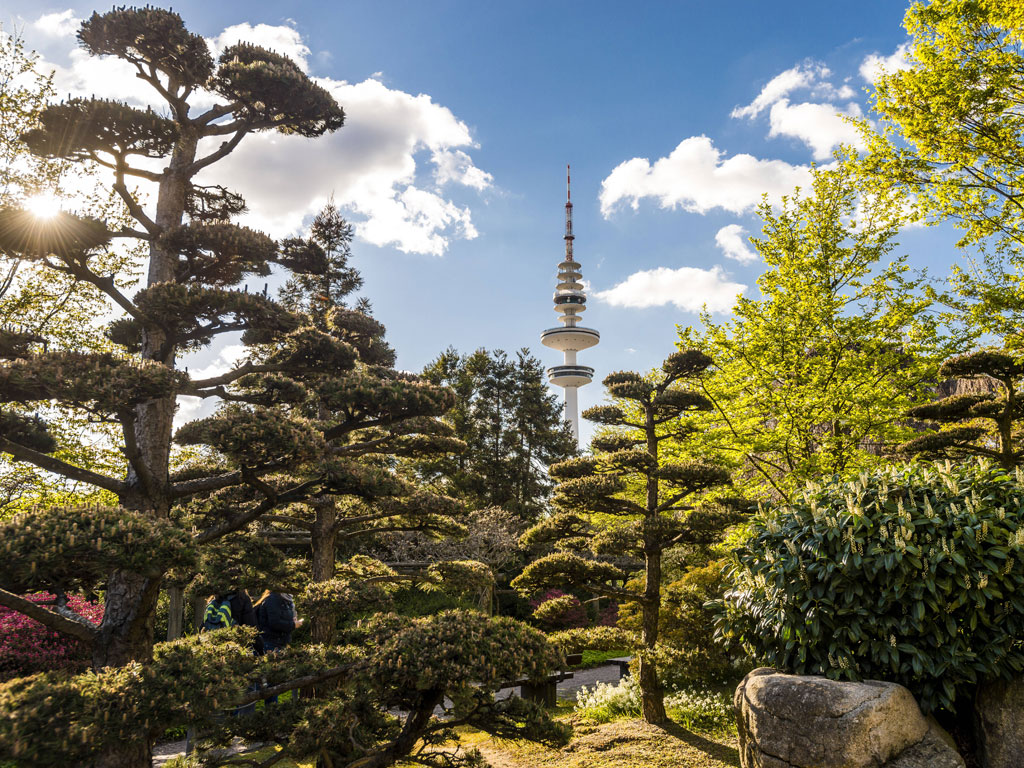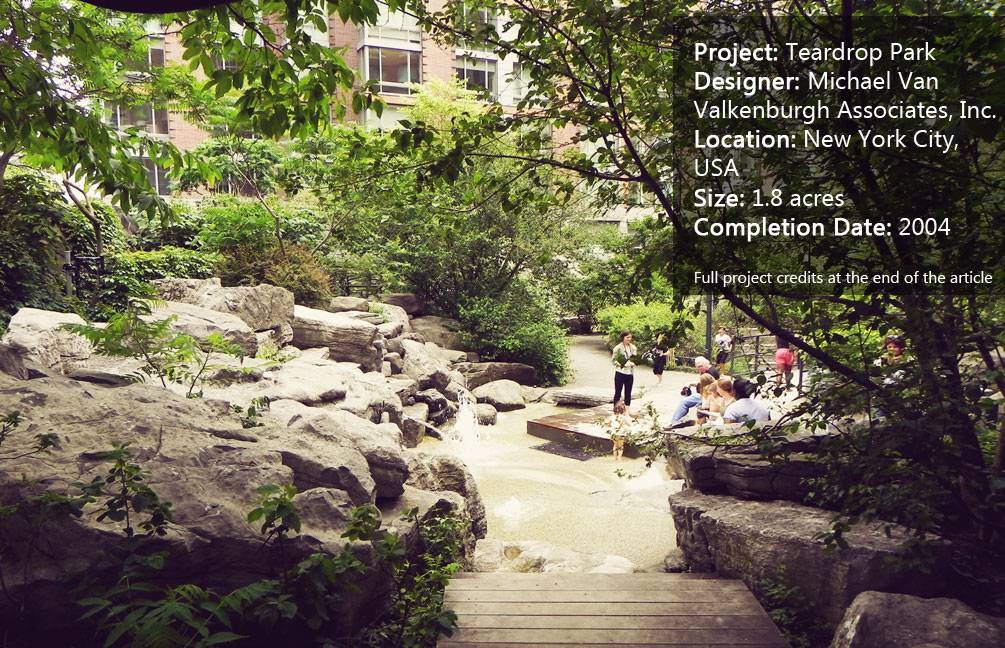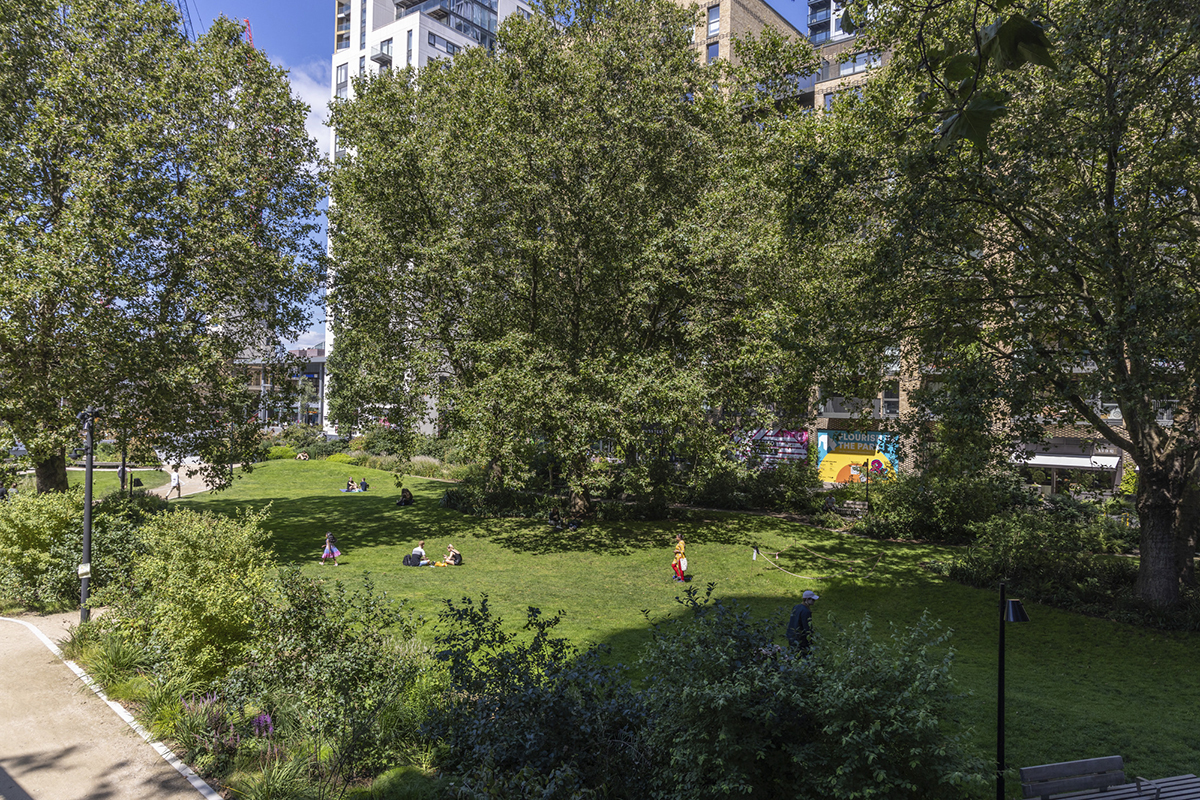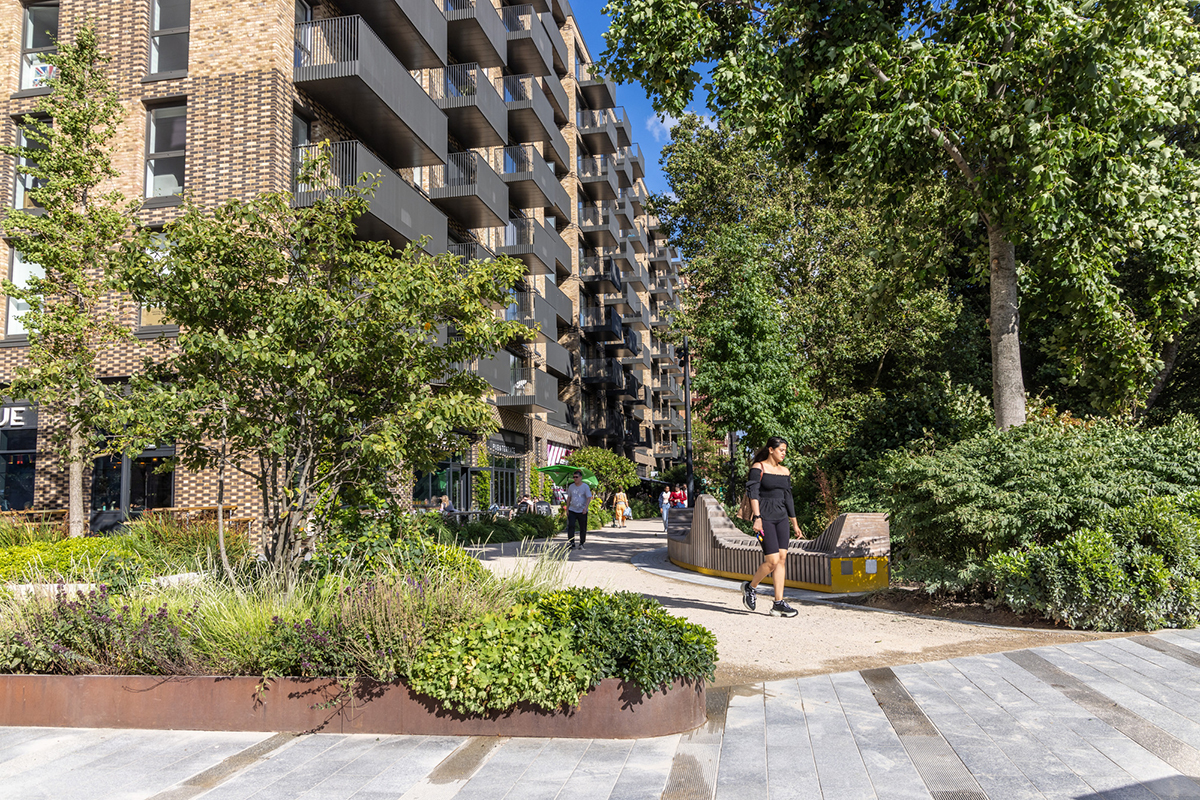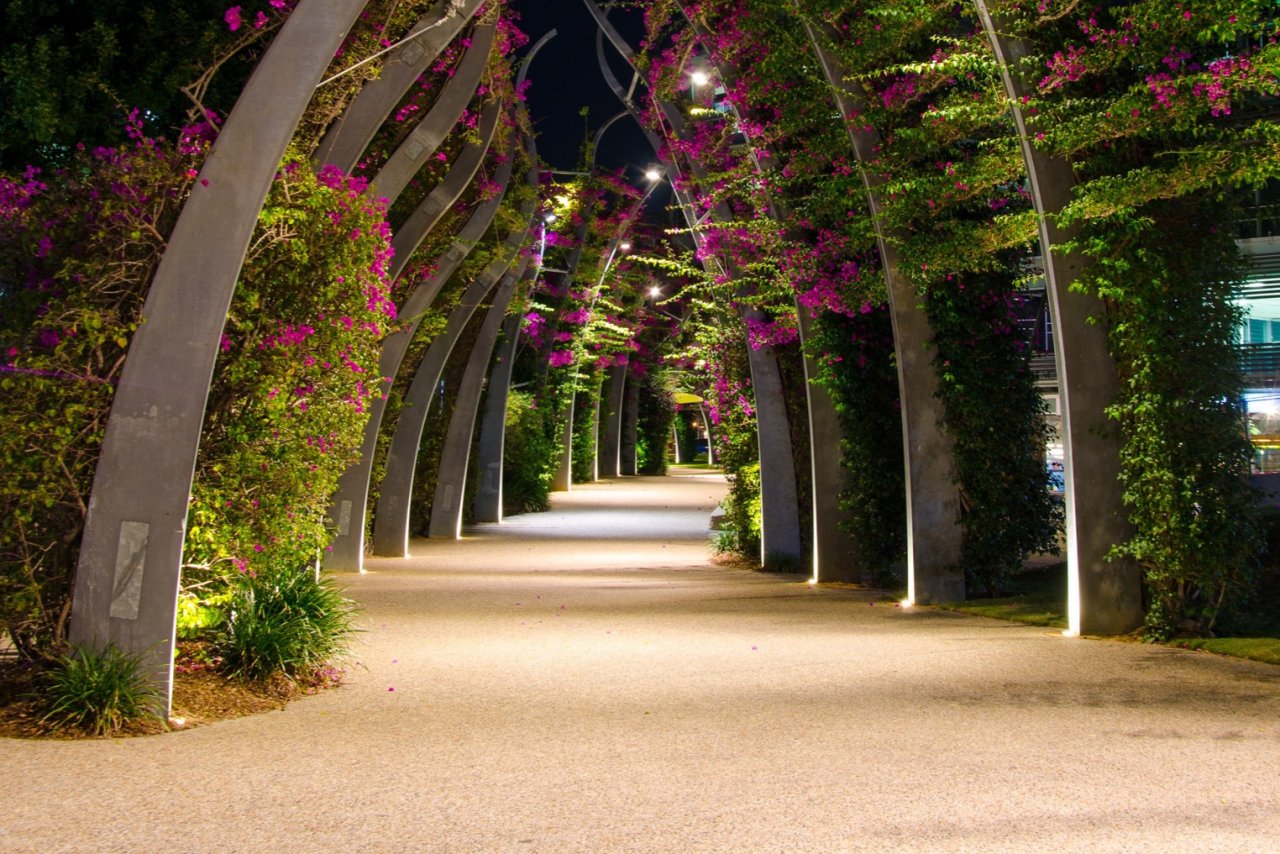CITIES OF GARDENS
Giacomo Guzzon and Gillespies
This article aims to be a further piece of the puzzle represented by the international landscape meeting organized by Arketipos in Bergamo in September 2023. We have in fact decided to tone down what was said during the event throughout the year so as to be able to absorb everything that was said by the great characters who populated it.
A huge thank you always goes to the Associazione Arketipos which manages to orbit around itself personalities who make the history of landscapes in the world.
You can find here the previous two interventions on Martin Rein Cano and on Made Associati
The professional we are giving voice to today is Giacomo Guzzon, a distinguished landscape architect hailing from Friuli Venezia Giulia, the northeastern region of Italy. Giacomo has made London his home for many years and, for the past decade, has played a pivotal role in the renowned landscape architecture and masterplanning firm Gillespies. Over the last 60 years, the practice has gained critical acclaim for its exceptional ability to translate “human stories into exceptional places that are the product of nature and people in balance and the setting for unique stories to unfold”.
The role of Giacomo Guzzon
Giacomo Guzzon is a Principal landscape architect and the Head of Planting Design at Gillespies, playing a pivotal role in leading the firm’s approach to biophilic design and spearheading the practice’s Planting Research Group.

In this capacity, he brings forth horticultural expertise to guide and contribute to landscape projects on a global scale. The specialised team under his leadership places a deliberate emphasis on integrating plants at the heart of their design philosophy, actively sharing their wealth of planting knowledge across the practice.
Giacomo has held the position of visiting lecturer at the University of Greenwich for seven years, where he teaches Advanced Planting Design to MA students in Landscape Architecture. He is currently undertaking a PhD in ‘Shrub selection for urban dry sites in times of global warming’ at the Technical University of Berlin.
With this in mind, let us now shift our focus to Giacomo as he takes centre stage.
How can we preserve nature in the city? How can you connect with nature in the city?
When working on a landscape project in challenging environments such as between buildings, within buildings or urban areas, it is important to conduct a comprehensive habitat analysis and carefully select suitable plant species. In order to learn how to support and protect nature in these situations, we need to observe and learn from nature in its natural habitat.
I was lucky to grow up amidst the diverse landscape of Friuli in Italy, near the Adriatic Sea, which is bordered by Austria, Slovenia, and Croatia. This afforded me a multitude of landscapes and climates within a short distance.
I went to visit the Giardino botanico Carsiana in Sgonico (TS) which presented a unique landscape of its kind.
The diversity of landscapes I saw as a child helped me understand that they exist and what conditions are necessary for a certain plant community. From the lush ravines in the Julian Alps to the dry karst stony terrains above Trieste, and the marshy wetlands of the Isonzo River estuary, I was immersed in a myriad of different and exciting habitats that have deeply influenced me as a planting designer as well as a plant lover.
Finding the right atmosphere with plants as well as studying the light that reaches the ground are fundamental steps in designing with plants and especially for lawns it is important to know whether there is shade or not.
The importance of plants in a project
In order to efficiently work with plants in urban areas, it is important to have a clear understanding of which plants can be used and where they can grow best. This requires taking into account factors such as the plant’s need for light, humidity, soil, and water. A few years ago, we decided to create a test bed at Arvensis Perennials, located close to Bath. We used drought-tolerant herbaceous plants and monitored their growth and development for a period of two years.
To create sustainable planting schemes, we need to answer some critical questions about how trees respond to drought and how external pressure affects their cells. There are relatively new academic studies that have provided some answers through the leaf turgor loss point (πtlp, MPa) – a measure of the leaf water potential at which leaf wilting occurs – (Bartlett, Scoffoni, Ardy, et al., 2012), which is a good indicator of a species’ intrinsic drought-resistance.
Another important factor is the Ecological Amplitude, which tells us how adaptable plants are and how far they can be pushed beyond their preferred conditions in terms of light and humidity. Certain ferns and plants that prefer humid environments, like Rodgersia spp, have a narrow ecological range and thrive only in moist, cool, and shady environments.
The design attention
To design with plants, it is also very important to grow and experiment with them: this means stepping out of the office and getting your hands dirty. You should spend time in gardens, learn from experienced gardeners and observe plants over several seasons.
The debate about whether to use only native plant species or also include exotics can be contentious. However, in order to make an informed decision, it’s important to consider data from peer-reviewed articles. Different professionals around the world have differing opinions on this topic, as the context and character of the place are often the most significant factors.
When dealing with the topic of whether to use only native plants species or also some exotics, everyone has their own idea and there is always a lot of conflict around this topic. In order to make an informed decision, it’s important to consider data from peer-reviewed articles. Different professionals around the world have differing opinions on this topic since the context and character of the place are often the most defining factors.
At a design level, the goal is to give a space its own unique identity and character, and to transform it into a place that connects people with nature. But how do you achieve this? How do you preserve or invent the identity of a place by creating green spaces?
The importance of synergy
It is important to have synergy between clients, designers, maintenance staff, and end-users for projects to work in the long-term, especially in the era of climate change.
One of my personal favourite public gardens is Planten un Blomen in Hamburg. It’s a perfect example of how plants can be used to create a special atmosphere while also being beautifully maintained, making it an excellent model for all of us to follow when it comes to caring for public parks.
Some public parks
A few examples of public parks I have visited, where plants really shape their atmosphere are:
- Sloterdijk square in Amsterdam, the car park transformed into a meadow by Ton Muller and the municipality of Amsterdam.
- Teardrop Park in New York City, where the landscape architects at Michael Van Valkenburgh used local stone and plants to bring a feeling of wild nature and character in a rather average urban space surrounded by tall buildings.
Elephant Park
Approximately eight years ago we started building the Elephant Park project in south London. It was a very interesting and sometimes challenging project because of all its constraints, such as the existing trees and its history. During the planning phase, public consultations were held, and local people were consulted to understand what they wanted in the park. The feedback received included the need for toilets, seating areas, play equipment for children, and water. Over the years, the park has been successful in achieving some of its objectives, but there have been some issues, such as plant vandalism by teenagers who like to jump into the Pittosporum shrubs.
The use of paving materials with a low carbon footprint is an ongoing challenge and area of research for Gillespies. At Elephant Park large areas were paved with self-binding gravel, which of course becomes wet in the rain and dusty in the summer, so it is not loved by everyone, but on the other hand, it has a much lower carbon footprint than granite for instance.
Gillespies’ inspiration
In short, at Gillespies we are constantly looking for solutions that are appreciated by the public but that are also good for the environment.
I’m especially interested in creating designed plant communities that evolve in stable environmental systems that have a legibility, can be realistically maintained while providing colour, diversity, and refuge for humans as well as for biodiversity.
Il consiglio del mondo del giardino
La bellezza della pace, la bellezza degli spazi in cui viviamo, la bellezza dei rapporti con gli esseri umani e viventi. Mondo del giardino pensa che solo la bellezza possa salvare il mondo e va coltivata con impegno nei pensieri e nelle azioni. Da progetti ed esperienze come quella di Gillespies e Giacomo Guzzon possiamo imparare cos’è la vera bellezza.
Ora a cavallo! Il lavoro ci aspetta! Il nostro nuovo meraviglioso spazio esterno sta per nascere!
BUON LAVORO e…se avete domande scrivete pure a info@mondodelgiardino.com
Fonti delle immagini: per le foto si ringrazia Gillespies per le immagini di alcuni loro progetti per l’immagine social, di copertina ed internamente all’articolo, e poi in ordine di inserimento turismofvg.it, hamburg.com, land8.com e booking.com.


